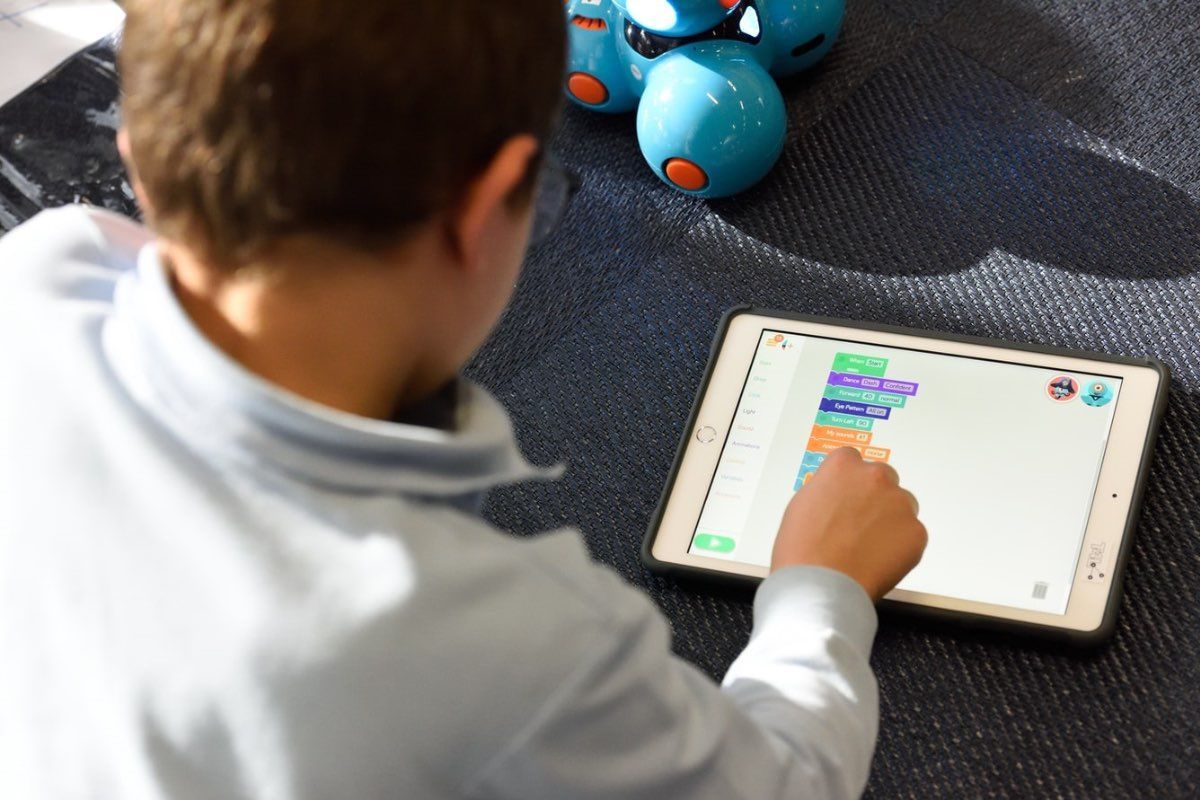Technology is all around us and plays a major role in everyday life, plus when it comes to education. As technology advances, it becomes important for children to learn from the plethora of educational apps and programs at their disposal.
A Bring Your Own Device (BYOD) program allows children to bring their own laptop or tablet to school for use in the classroom. Schools can implement BYOD programs from as early as prep or foundation year and have been a topic of debate for a number of years. Let’s take a look at some of the advantages and disadvantages of a BYOD policy that have been discussed.
Advantages of Bring Your Own Device Programs
The way in which students learn has evolved and children are more than ever engaged with devices. Harnessing the power of online learning, teachers are using technology in the classroom to educate and inspire their students.
Interactive experiences are an effective way to introduce primary school children to how they can learn online, including the likes of gamification. Many workplaces require a level of technological knowledge and exposing children to devices in primary school means that they are competent at performing basic tasks.
Importantly, having access to a device teaches children from a young age the rules of online behaviour, including how to safely interact online whilst at home and in the classroom too. Schools can monitor internet safety for children and can guide them about online etiquette.
From a convenience perspective, being able to work on the one device at school and at home allows children to complete a task seamlessly – work is kept in the same place, enhancing the engagement of students. In addition, having access to various apps allows children to create for the purpose of learning, collaborate with their peers and share their work.
Moreover, during COVID-19, learning from home has allowed teachers to communicate with parents and share feedback with them so that progress can be tracked.
Disadvantages of Bring Your Own Device Programs
It can be argued that a BYOD program can be a disadvantage to those who are not in a financial position to supply their own device. Whilst this can be the case, it is important to speak with your school about any concerns so that your child has the same learning opportunities as other students.
Like most who use devices, distraction is a concern if attention is brought to the wrong areas. Children can be tempted by games, text messages or watching videos when they should be focusing on other areas. This is a common area of concern and teachers are well aware that distractions affect most children. To combat this, regular reinforcement of the rules of screen use exist and restrictions can be managed fairly by the school and family.
Online bullying and security also pose to be potential disadvantages if not managed in the right manner. Schools will have a technology use policy for students to sign and there are also versions available online, such as this one.
Parenting in the digital world is not without challenge and navigating technology is something that both families and schools work together on. This blog by Martine Oglethorpe from The Modern Parent gives insight into how to help children to thrive in a digital world.





